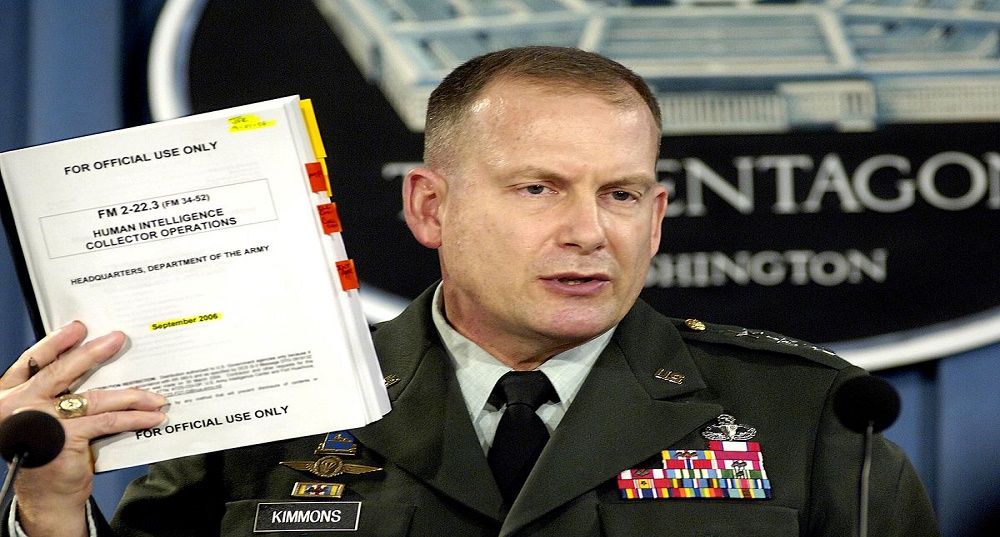Field Training Manual 2017
Posted : admin On 11.01.2020Updated March 08, 2018 In the past decade, the Army has been researching and testing various methods to better train, prepare, and test their soldiers. Revamping the Physical Readiness Test has been one of many challenges put before them.
Field Training Manual 2018 Afrotc
In fact, since the publications of the 2012 Army FM 7-22 Physical Fitness Manual, they have proposed and tested on a large scale basis two physical fitness tests. In 2011-12, the Army proposed a large change to the standard Army PRT (Pushups, Situps, 2 mile run) that it has been doing since 1981. The proposed APRT expanded from three events to five. These events were the following: 60-yard shuttle run one-minute rower machine (non-stop) standing long-jump one-minute push-up (non-stop) 1.5 mile run New Army Combat Readiness Test (2018) Shortly after 2012, the Army decided not to utilize the changes and did not make the policy change.
However in 2017, the Army has rolled out a new fitness test called the Army Combat Readiness Test that is planned to go Army wide late 2018. The plan is that the ACRT will become fully implemented and will replace the APFT. The new ACRT consists of the following six exercise events: 1. Leg Tuck - This is also known at the hanging knee up.
Power Throw – This is a backward toss with a 10 lbs. Medicine ball.
Trap Bar Deadlift 4. T-Push-Up – Pushup mixed with a arm extention each rep. Shuttle Run: Sprint-Drag-Carry – This is essentially a shuttle run drill testing agility under a load. Full spectrum operations place a premium on the Soldier's strength, stamina, agility, resiliency, and coordination. Victory—and even the Soldier's life—so often depend upon these factors. To march long distances in fighting load through rugged country and to fight effectively upon arriving at the area of combat; to drive fast-moving tanks and motor vehicles over rough terrain; to assault; to run and crawl for long distances; to jump in and out of craters and trenches; and to jump over obstacles; to lift and carry heavy objects; to keep going for many hours without sleep or rest—all these activities of warfare and many others require superb physical conditioning.
Accordingly, this chapter links to Army Force Generation (ARFORGEN).' FM 7-22 is very much like the new FM 21-20 as it is directed at leaders who plan and conduct physical fitness training.

Field Training Manual 2018 Afrotc
It provides guidelines for developing programs which will improve and maintain physical fitness levels for all. These programs will help leaders prepare their soldiers to meet the of war. This manual can also be used as a source book by all soldiers. The methodology behind the new version is to grow the Army Soldiers through the following phases: 1 - Initial Conditioning Phase -, Recruit Training will take a recruit and progressively build them up in preparation for Basic Training. At Basic, the recruit will continue to build a foundation of fitness, learn the basics of being in the Army, and adhering to standards set by the military with regard to height, weights, physical ability. 2 - Toughening Phase - Toughening phase develops essential skills associated with critical Soldier tasks such as jumping, landing, climbing, lunging, bending, reaching, and lifting. Physical readiness improves through progression in these activities.
The toughening phase occurs during IMT, basic combat training (BCT), one station unit training (OSUT), and Basic Officer Leader Course A (BOLC A). 3 - Sustaining Phase and Integration Into Unit - Prepare to Deploy, Deploy, Redeployment. In this phase, activities become more demanding. Exercises, drills, and activities such as advanced calisthenics, military movement, kettlebell, and other lifts are performed with increasing resistance. Endurance and mobility activities such as foot marching, speed running, and sustained running increase in intensity and duration. Activities that directly support unit mission such as individual movement techniques, casualty carries, obstacle courses, and are integrated into PRT sessions. The Mindset Behind the FM 7-22 'The FM 7-22 provides Soldiers and leaders with the doctrine of Army PRT.
It is a product of the Army's history, forged out of the great battles from the past to the present. Its doctrinal concepts also reflect emerging trends in current physical culture. This FM will impact the Army in a manner of importance toward the continuation of our national strength and security. The purpose of Army PRT is not merely to make our Soldiers look fit, but to actually make them physically ready for the conduct of full spectrum operations.' (Summary of FM 7-22).